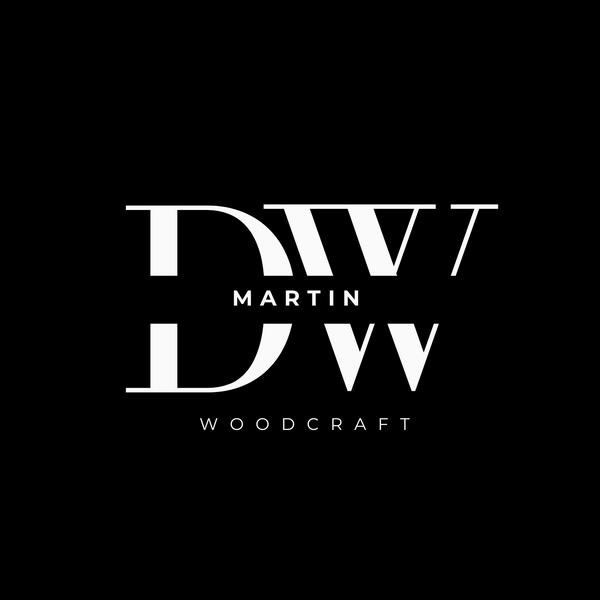Cutting Board Cut - Why It Matters?
Share
Understanding the Different Types of Cutting Board Cuts: Face Cut, Edge Cut, and End Cut
When it comes to choosing a cutting board, the type of wood and the way it’s constructed can significantly impact your cooking experience and the longevity of the board itself. Among the various construction methods, three primary cuts stand out: face cut, edge cut, and end cut. Each of these styles has its unique characteristics, advantages, and ideal uses. Let’s delve into each type to help you understand which cutting board might be right for you.
1. Face Cut
Description:
Face-cut boards, as the name suggests, utilize the flat faces of the wood pieces. In this type of cutting board, the grain runs horizontally across the surface, showcasing the beautiful patterns of the wood.
Advantages:
- Aesthetic Appeal: Face-cut boards typically exhibit stunning grain patterns, making them visually striking and suitable for serving presentations.
- Ease of Maintenance: The flat surface makes cleaning and maintaining the board relatively straightforward. They are less likely to trap food particles in comparison to other styles.
- Versatility: Face-cut boards provide a large, flat surface that is ideal for chopping, slicing, and dicing a variety of ingredients.
Ideal Use:
Face-cut boards are excellent for general food preparation tasks, including vegetables, meats, and fruits, providing ample space for cutting without worrying about damage from knife marks.
2. Edge Cut
Description:
Edge-cut boards are constructed by arranging narrow strips of wood along the long edges, with the end grain exposed at the cutting surface. This design offers a unique aesthetic while promoting durability.
Advantages:
- Knife-Friendly: The end grain naturally “self-heals” from knife marks, meaning that cuts will be less visible compared to face-cut boards. This also helps preserve the sharpness of your knives.
- Durable and Resistant: Edge-cut boards are generally more resistant to warping and cracking, making them a long-lasting choice for avid cooks.
- Shock Absorption: The structure offers a cushioning effect, making it gentler on knife edges when cutting.
Ideal Use:
Edge-cut boards are perfect for heavy-duty tasks, such as chopping meat or roasts, where knife damage can be a concern. They are also great for everyday meal prep while mitigating wear and tear on your knives.
3. End Cut
Description:
End-cut boards feature wood pieces arranged with their end grain facing up. These boards typically have a block appearance, showcasing the intricate design of the wood’s growth rings.
Advantages:
- Ultra-Durable: End grain cutting boards are renowned for their durability, as they withstand cutting pressures better than other styles.
- Self-Healing Properties: Similar to edge cuts, the end grain absorbs knife marks, leading to less visible wear over time.
- Unique Visual Texture: The end grain pattern offers an attractive and unique look, making them popular among culinary enthusiasts and professionals alike.
Ideal Use:
End-cut boards excel in high-traffic kitchens where frequent chopping and slicing occurs. They are especially favored for their longevity and ability to retain their beauty over time.
Choosing the Right Cutting Board for You
When selecting a cutting board, consider your cooking habits, the types of ingredients you'll be preparing, and the aesthetic you want for your kitchen. Each type of cutting board offers unique benefits, and understanding these differences can help you make an informed decision.
- Face cut boards are ideal for a wide variety of tasks and are easy to maintain.
- Edge cut boards offer a great balance of durability and knife-friendliness, making them versatile for daily use.
- End cut boards are an investment for those who seek durability and style, perfect for avid cooks or professional chefs.
In conclusion, the type of cutting board you choose can greatly influence your culinary experience. Assess your needs, your kitchen style, and how you plan to use your cutting board to find the perfect fit for you. Happy cooking!
